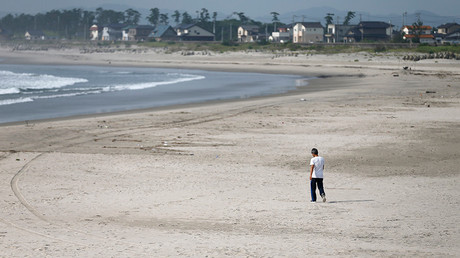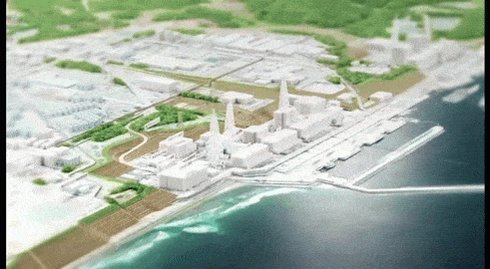Seaborne Cesium 134, a radioactive isotope released by the 2011 Fukushima disaster, has been detected on the US’ Pacific coast for the first time by independent researchers

After the catastrophic triple meltdown of the Fukushima Daiichi nuclear power plant in 2011, the Japanese government and the plant’s parent company, Tokyo Electric Power Company (TEPCO), worked to cover up the damage done and downplay the amount of radiation the disaster had released into the environment. Though the disaster’s many impacts have been suspiciously absent from mainstream media reports in the years since, the radiation pouring out of the plant’s damaged reactors have never stopped. To this day, 300 tons of contaminated, radioactive water flow into the Pacific Ocean every day as many of the leaks can never be sealed due to the extreme heat. Now, nearly six years after the meltdown, radiation from Fukushima has made landfall on the West coast of the United States, signaling a dangerous new era for residents and wildlife along the Pacific coastal region.
Researchers from the Woods Hole Oceanographic Institution (WHOI), a crowd-funded team of scientists, announced yesterday that they had detected, for the first time, seaborne cesium 134 in seawater on the shores of Tillamook Bay in Oregon. The group has been monitoring the waterborne radiation as it extends from Fukushima across the Pacific for years. According to WHOI as well as other scientists, cesium 134, a dangerous and carcinogenic radioactive isotope, could only have originated from the Fukushima disaster due to its short half-life, or rate of decay.

Fishermen in the US Northwest and Alaska have recently noticed an increase in fish with cancerous tumors and growths Credit – LEO Alaska
The samples themselves contained 0.3 becquerels/m3 of the isotope, a relatively small amount that some researchers and corporate media outlets say poses “no risk to humans or the environment.” However, there is no such thing as “safe” amounts of radiation, which is particularly true of radioactive cesium as it imitates potassium within the body. Japanese citizens were also told there was nothing to worry about, despite the fact that cancer rates have spiked since the incident. The real and unstated danger here is that of bioaccumulation. Bioaccumulation refers to the gradual build-up over time of chemicals in an organism, absorbing the substance at a faster rate than it is excreted. Now, that Fukushima radiation has reached the US, those living on the West Coast or eating fish from that region could be at risk if they consume radioactive water or fish as all consumed cesium would remain in their body, continuously causing damage until it is excreted. Children are said to be especially at risk. Another reason why there is cause for concern is that these samples were actually collected in January 2016 and not tested until recently, suggesting that landfall may have happened earlier than thought. This, in turn, would also mean that higher levels of cesium as more of Fukushima’s radiation has made contact with Western coastal shores in the months since as researchers have said that radiation will not “peak” until well after the plume’s initial landfall.










